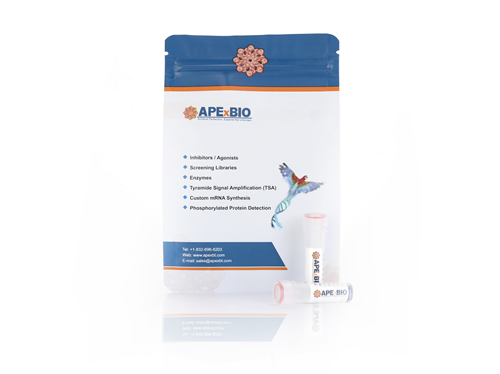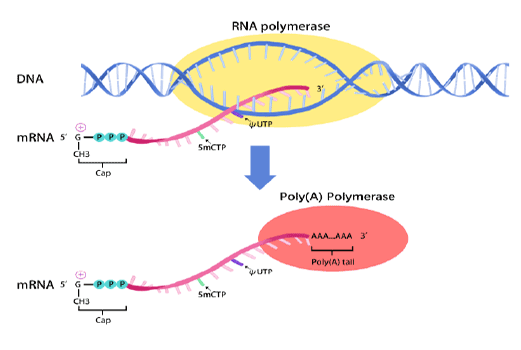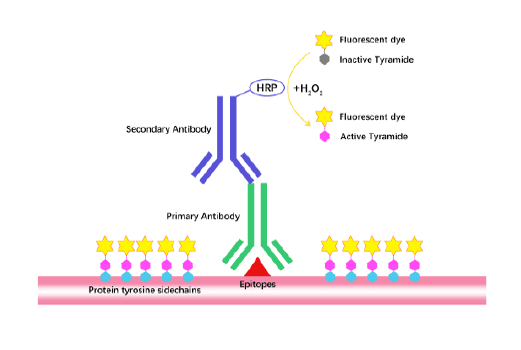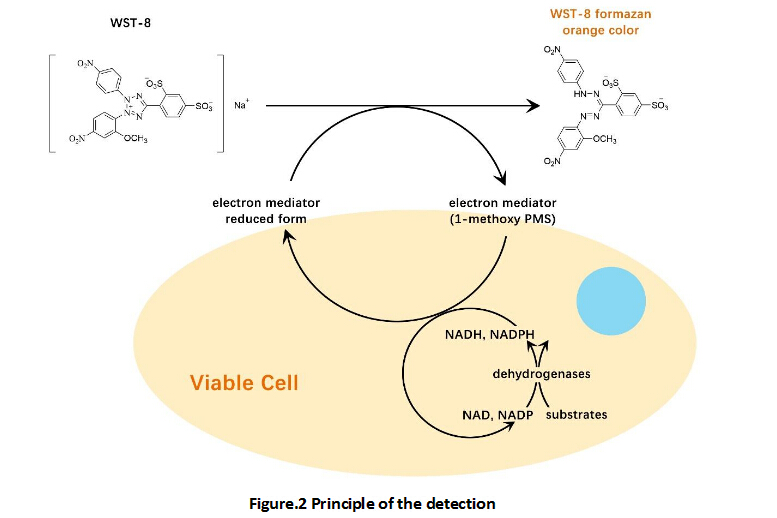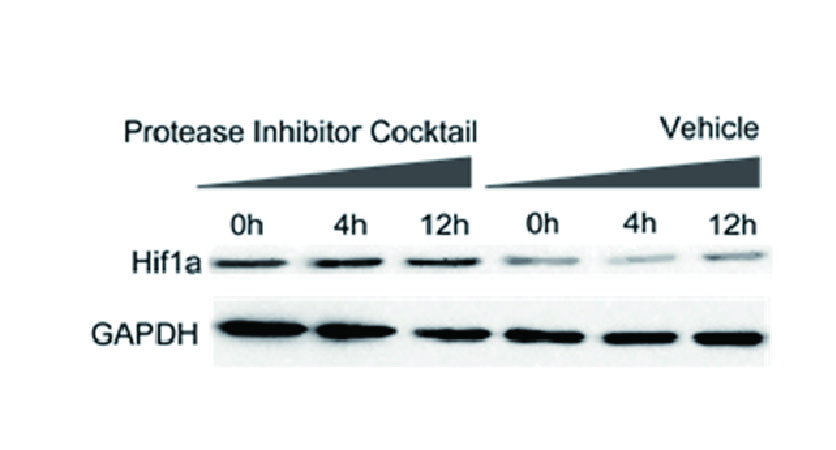Recombinant Mouse Lipocalin-2, Tag Free
Lipocalin-2, also known as neutrophil gelatinase-associated lipocarin (NGAL), is a secreted protein of the lipocalin superfamily. Lipocalin-2 contains a signal peptide that enables it to be secreted and form a complex with matrix metalloproteinase-9 (MMP-9) via disulfide bonds. Similar to other lipocalin family members, Lipocalin-2 is involved in a variety of cellular processes, including the transport of small molecule hydrophobic species, the protection of MMP-9 from proteolytic degradation, and cell signaling. In addition, Lipocalin-2 is able to bind tightly to bacterial siderophores through cell surface receptors, possibly acting as a potent bacteriostatic agent by chelating iron, modulating innate immunity, and protecting renal tubular epithelial cells from ischemia-reperfusion injury. This protein is expressed mainly in neutrophils and at lower levels in the epithelial tissues of the kidneys, prostate, and respiratory and digestive tracts. Recent evidence also suggests that the protein may serve as a biomarker of kidney damage and inflammation.
| Gene ID | 16819 |
| Accession # | P11672 |
| Alternate Names | NGAL |
| Source | HEK293 |
| Protein sequence | QDSTQNLIPAPSLLTVPLQPDFRSDQFRGRWYVVGLAGNAVQKKTEGSFTMYSTIYELQENNSYNVTSILVRDQDQGCRYWIRTFVPSSRAGQFTLGNMHRYPQVQSYNVQVATTDYNQFAMVFFRKTSENKQYFKITLYGRTKELSPELKERFTRFAKSLGLKDDNIIFSVPTDQCIDN |
| M.Wt | The protein has a calculated MW of 20.8 KDa |
| Appearance | Solution protein. |
| Stability & Storage | Avoid repeated freeze-thaw cycles. It is recommended that the protein be aliquoted for optimal storage. 3 years from date of receipt, -20 to -70 °C as supplied. |
| Concentration | 1 mg/mL |
| Formulation | Supplied as a 0.2 μm filtered solution in PBS, pH7.4. |
| Reconstitution | We recommend that this vial be briefly centrifuged prior to opening to bring the contents to the bottom. This solution can be diluted into other aqueous buffers. |
| Biological Activity | Fully biologically active as determined by its ability to bind Iron(III) dihydroxybenzoic acid [Fe(DHBA)3] within 30 min at room temperature. The binding of Fe(DHBA)3 results in the quenching of Trp fluorescence in Lipocalin-2. Recombinant mouse Lipocalin-2 (2 µM) can bind more than 1.5 µM of Fe(DHBA)3 under these conditions. |
| Shipping Condition | Shipping with dry ice. |
| Usage | For Research Use Only! Not to be used in humans. |
Quality Control & DataSheet
- View current batch:
-
Purity > 95 % by SDS-PAGE
- Datasheet
Endotoxin: Less than 1.0 EU/μg as determined by LAL method.



